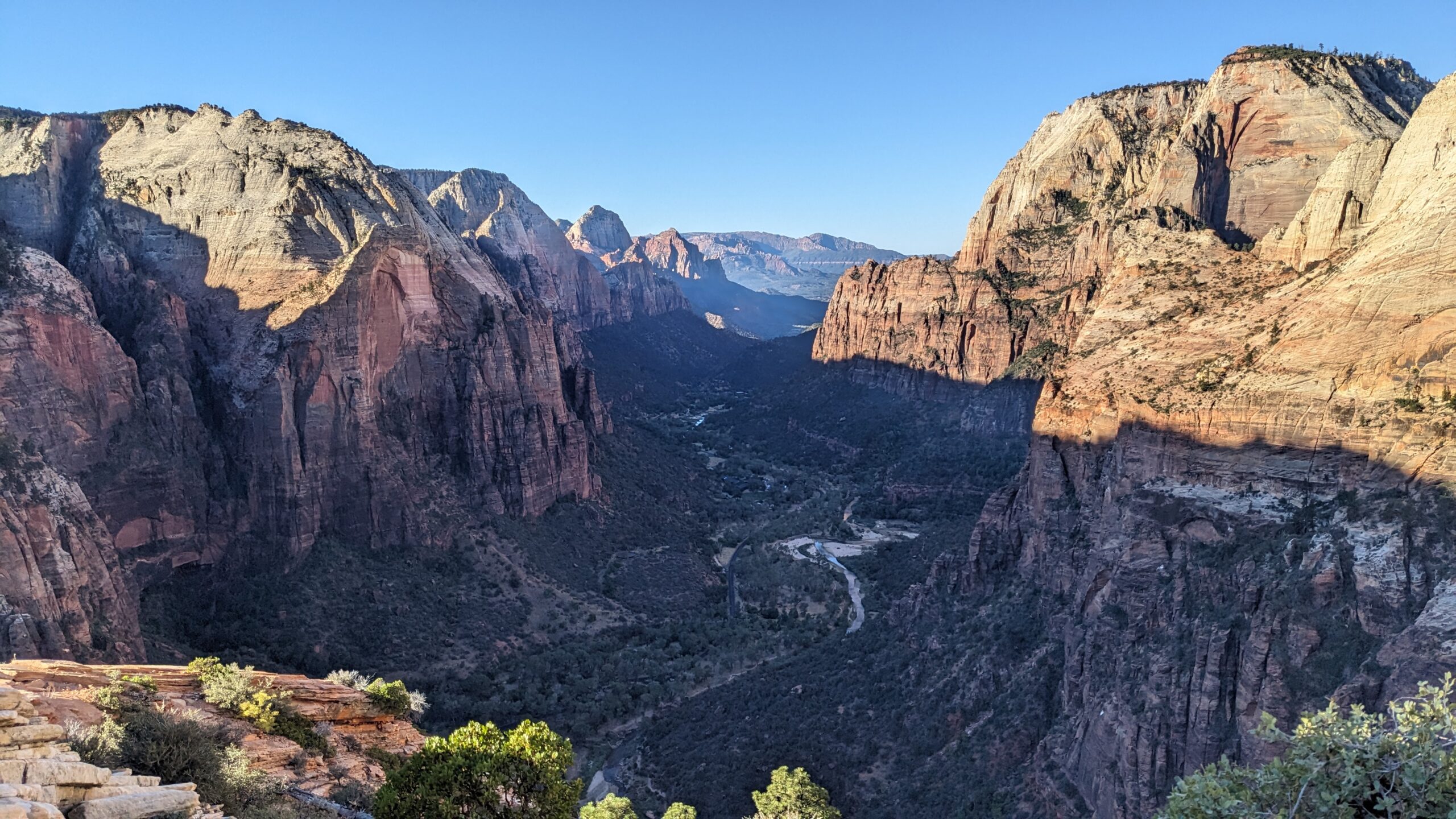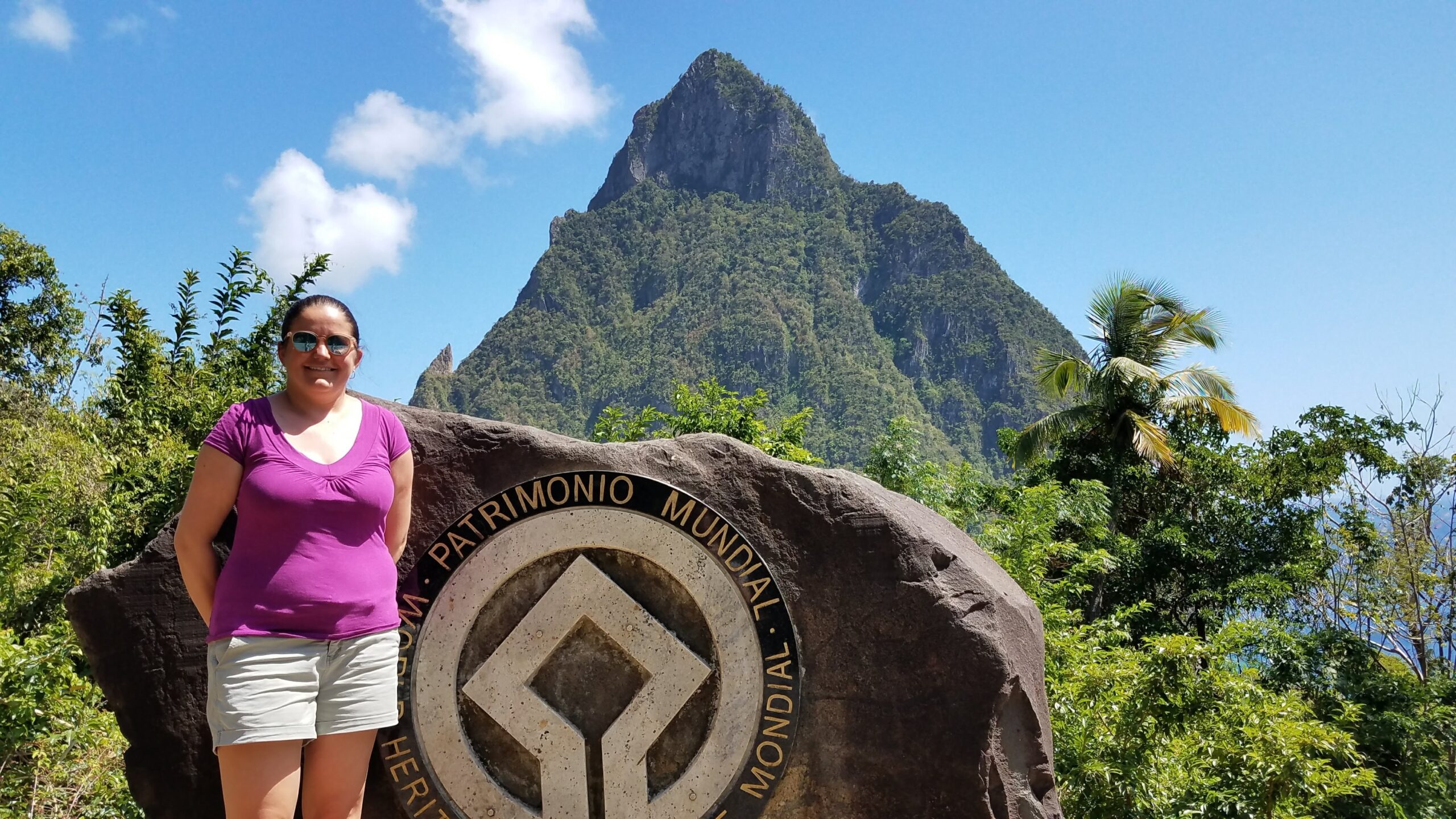Phoenix, Arizona, stands out as a green oasis in the midst of the Sonoran Desert, a feat of engineering and water management that has allowed the city to thrive despite its arid surroundings. From lush lawns and golf courses to residential lakes and verdant parks, it’s easy to wonder how a city in such a dry environment can afford to be so water-rich. The answer lies in Arizona’s allocation of the Colorado River, extensive infrastructure, and the strategic use of a “use it or lose it” policy.
This blog explores how the Central Arizona Project (CAP) supports Phoenix’s water abundance, the historical and economic incentives behind its water usage, and the precarious future the city faces as drought conditions intensify.
The Central Arizona Project (CAP)
The Central Arizona Project (CAP) is a 336-mile-long canal system designed to bring water from the Colorado River to central and southern Arizona. It starts at Lake Havasu and runs through Phoenix, Tucson, and surrounding agricultural regions. Construction began in the 1970s and was completed in the 1990s at a cost of approximately $4 billion, primarily funded by the federal government. The CAP is one of the largest and most ambitious water diversion projects in the United States.
The CAP was authorized by the Colorado River Basin Project Act of 1968, which aimed to ensure that Arizona could fully utilize its Colorado River allocation. The project involved building a series of aqueducts, pumping stations, and tunnels to move water across Arizona’s desert terrain. It is managed by the Central Arizona Water Conservation District (CAWCD), which is responsible for maintaining the system and distributing water to municipalities, agricultural users, and industries.
The CAP plays a critical role in ensuring Arizona’s access to its share of the Colorado River, which is allocated under the Colorado River Compact of 1922 and subsequent agreements such as the Boulder Canyon Project Act (1928) and the Arizona v. California Supreme Court decision (1963). However, Arizona’s water rights are considered junior to California’s, meaning that when water levels are low, Arizona faces cuts before its neighboring state does. This vulnerability has shaped Arizona’s strategy to maximize its use of CAP water, ensuring it maintains its full allocation.
Arizona’s Colorado River Allocation: The Lifeline for Phoenix
Phoenix’s water abundance is primarily tied to Arizona’s allocation of water from the Colorado River, secured through the Colorado River Compact and subsequent legal frameworks. Arizona receives 2.8 million acre-feet (MAF) of water annually from the Colorado River, which is delivered to central and southern regions through the CAP. Without this supply, sustaining the green, thriving landscape of Phoenix would be impossible. But Arizona’s use of the CAP water isn’t just about meeting current needs—it’s also about ensuring the state’s future water rights.
Historically Cheap and Subsidized Water: An Economic Tool
The abundance of water in Phoenix is also due to historically low water prices, supported by federal subsidies and state-level management. The federal government played a significant role in funding the construction of the CAP, which was one of the most expensive water diversion projects in U.S. history. This investment made water relatively affordable for Arizona, encouraging rapid urban growth and development.
Low water prices have been an economic tool for Arizona, helping to attract residents, businesses, and investors to the state. By keeping water costs manageable, Phoenix could expand into the sprawling metropolis it is today, with extensive green spaces, residential developments, and recreational facilities.
Average Water Consumption Tariffs in the Southwest US
The table below provides a general overview of average water consumption tariffs for residential and commercial users across the Southwest United States, including Arizona, California, Nevada, New Mexico, and Utah. These values are approximations and can vary based on local policies, water scarcity, and regional conditions.
| State | Residential Average Rate (per 1,000 gallons) | Commercial Average Rate (per 1,000 gallons) | Notes |
|---|---|---|---|
| Arizona | $3.00 – $4.50 | $5.00 – $8.50 | Rates vary by city; Phoenix and Tucson tend to be lower due to CAP subsidies; tiered rates often apply. |
| California | $4.50 – $7.00 | $7.00 – $15.00 | Higher rates due to water scarcity, especially in southern regions; rates can be significantly higher during droughts. |
| Nevada | $2.50 – $4.00 | $5.00 – $9.00 | Las Vegas has tiered residential rates; commercial rates are influenced by business type and size. |
| New Mexico | $2.00 – $3.50 | $4.00 – $7.50 | Generally lower rates, but drought conditions can lead to temporary increases in tariffs. |
| Utah | $1.50 – $3.00 | $3.00 – $6.50 | Rates are generally lower due to local water resources, but vary widely depending on city and usage levels. |
Key Notes:
- Tiered Pricing: Many cities use tiered pricing structures for residential users, meaning that rates increase as water usage exceeds certain thresholds. This encourages water conservation.
- Drought Surcharges: In states like California, water tariffs often include drought surcharges during periods of water scarcity, raising prices significantly for both residential and commercial users.
- Commercial Rates: Commercial water rates vary greatly depending on business size, type of operation, and specific city regulations. Higher consumption businesses (e.g., hotels, car washes, manufacturing) tend to have higher rates or surcharges.
References:
- City of Phoenix Water Services Department
- San Diego Public Utilities Water Rates
- Las Vegas Valley Water District
- Albuquerque Water Utility Authority
- Salt Lake City Department of Public Utilities
“Use It or Lose It”: The Incentive to Maximize Water Usage
A critical aspect of Arizona’s approach to its Colorado River allocation is the “use it or lose it” principle. In water law, especially in the western United States, a state’s right to water can be challenged if it does not fully utilize its allocated share. If Arizona doesn’t maximize its CAP usage, other states—particularly California, which has senior water rights—could claim any unused portion.
By fully utilizing its allocation, Arizona ensures that it retains its legal water rights, preventing other states or Mexico (which is also entitled to Colorado River water under a 1944 treaty) from arguing for a higher share. This principle incentivizes Arizona to use its full allocation even when it means maintaining an artificially green landscape, irrigating urban lakes, and supporting water-intensive agriculture.
The Central Arizona Project (CAP): Infrastructure That Secures Water Rights
The CAP’s extensive canal system is an engineering marvel that secures Arizona’s water allocation by delivering billions of gallons of water each year across hundreds of miles. The project was developed not just to bring water into Arizona but also to solidify the state’s stake in the Colorado River system. By using the infrastructure to its fullest capacity, Arizona ensures its continued access to this critical resource.
However, the CAP comes with significant operational costs, particularly because it requires energy-intensive pumping stations to move water across the desert landscape. As federal subsidies for the CAP have decreased over time, these costs have gradually shifted to Arizona residents and businesses. This reality highlights the balancing act Arizona faces: maximizing water usage to protect its rights while managing the economic and environmental implications of operating such a vast system.
Drought and Water Scarcity: The Pressure to Use Arizona’s Allocation
Despite Phoenix’s abundant appearance, the region faces an increasingly fragile water future. The Colorado River is over-allocated, and climate change is reducing its flow through declining snowpack and prolonged droughts. Under current agreements and the Drought Contingency Plan (DCP), Arizona’s CAP water is junior to California’s. This means that Arizona’s water is the first to be cut when shortages are declared.
This vulnerability further motivates Arizona to use its full allocation. By doing so, the state builds up its water banking reserves—storing water underground to create a buffer for future shortages—and demonstrates its need for its entire allocation. This approach helps Arizona secure its water rights, but it also comes at a cost, as the state must continuously find ways to balance abundant use with long-term sustainability.
The Role of Subsidies and Economic Incentives
Arizona’s use of its full CAP allocation isn’t just about protecting water rights; it’s also tied to economic and political interests:
- Federal and State Subsidies: CAP’s construction was heavily subsidized by the federal government, and while these subsidies have decreased, the initial investments ensured that Arizona could build an efficient and extensive water delivery system. This has kept water rates relatively low for residents, making it feasible for Phoenix to maintain its green appearance.
- Urban Development and Economic Growth: By securing abundant water supplies, Phoenix attracts developers, investors, and businesses that benefit from the city’s lush landscape. The real estate market, in particular, thrives on the appearance of a livable, green oasis. This not only supports economic growth but also justifies the infrastructure investments made over the decades.
The “Artificial Oasis”: Can It Last?
Phoenix’s water abundance is a carefully managed reality, built on a foundation of strategic use, legal maneuvers, and economic incentives. The city’s green spaces, golf courses, and lakes are maintained as part of an effort to fully utilize Arizona’s water rights, ensuring the state’s share of the Colorado River remains intact. However, this strategy raises questions about long-term sustainability.
As drought conditions worsen and water scarcity becomes more severe, Arizona’s position as a junior water rights holder in the CAP system puts pressure on the state to adapt. While water banking and conservation measures help mitigate risks, the city must balance its abundant appearance with realistic preparations for a future where water may not be as readily available.
Conclusion: An Abundant but Precarious Resource
Phoenix’s water abundance is the result of a deliberate and strategic effort by Arizona to protect its share of the Colorado River. By maximizing its CAP allocation, subsidizing water rates, and developing extensive infrastructure, the state has created an environment where growth is possible even in a desert. The “use it or lose it” principle drives this approach, ensuring Arizona maintains its legal rights while preparing for an increasingly challenging water future.
The reality is that Phoenix’s green landscape is an artificial oasis, maintained through a combination of legal, economic, and technological efforts. As the impacts of climate change intensify, Arizona will need to continue balancing these efforts to secure its long-term water security and sustain its thriving desert city.
References
- Arizona Department of Water Resources. “Colorado River Management.” Retrieved from Arizona Department of Water Resources.
- Central Arizona Project. “Water Management and Allocations.” Retrieved from Central Arizona Project Official Site.
- U.S. Bureau of Reclamation. “The Central Arizona Project and Its Role in Arizona’s Water Security.” Retrieved from Bureau of Reclamation.
- National Drought Mitigation Center. “Drought Impact on the Colorado River Basin.” Retrieved from Drought.gov.
- Arizona Water Banking Authority. “Water Banking and Drought Contingency Planning.” Retrieved from Arizona Water Banking Authority.
- Gelt, J. “The Central Arizona Project: Past, Present, and Future.” University of Arizona, Water Resources Research Center.
Discover more from Kango Anywhere
Subscribe to get the latest posts sent to your email.




